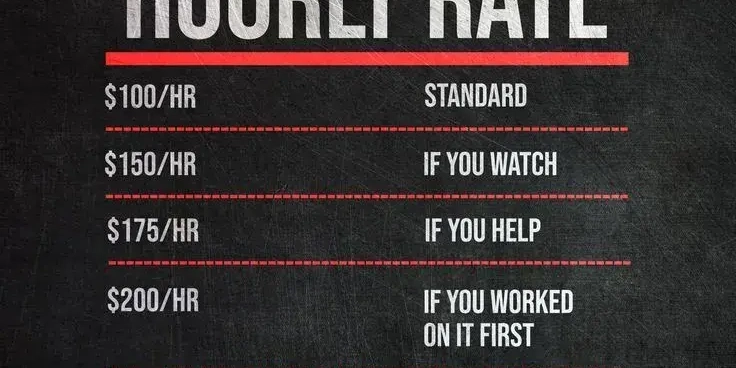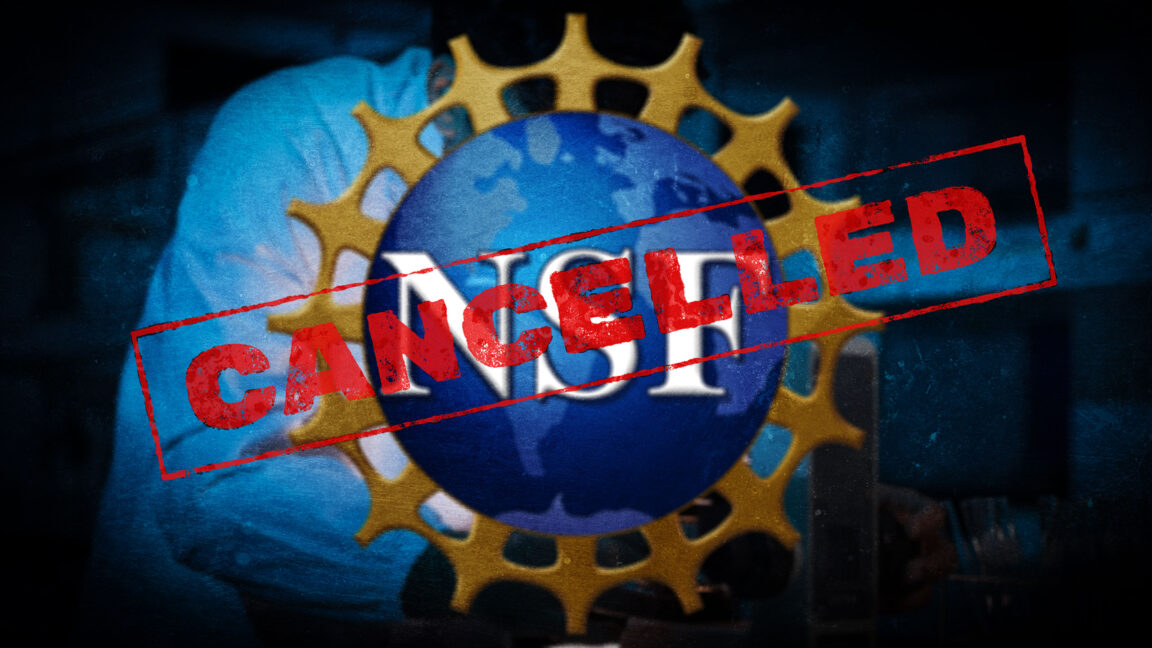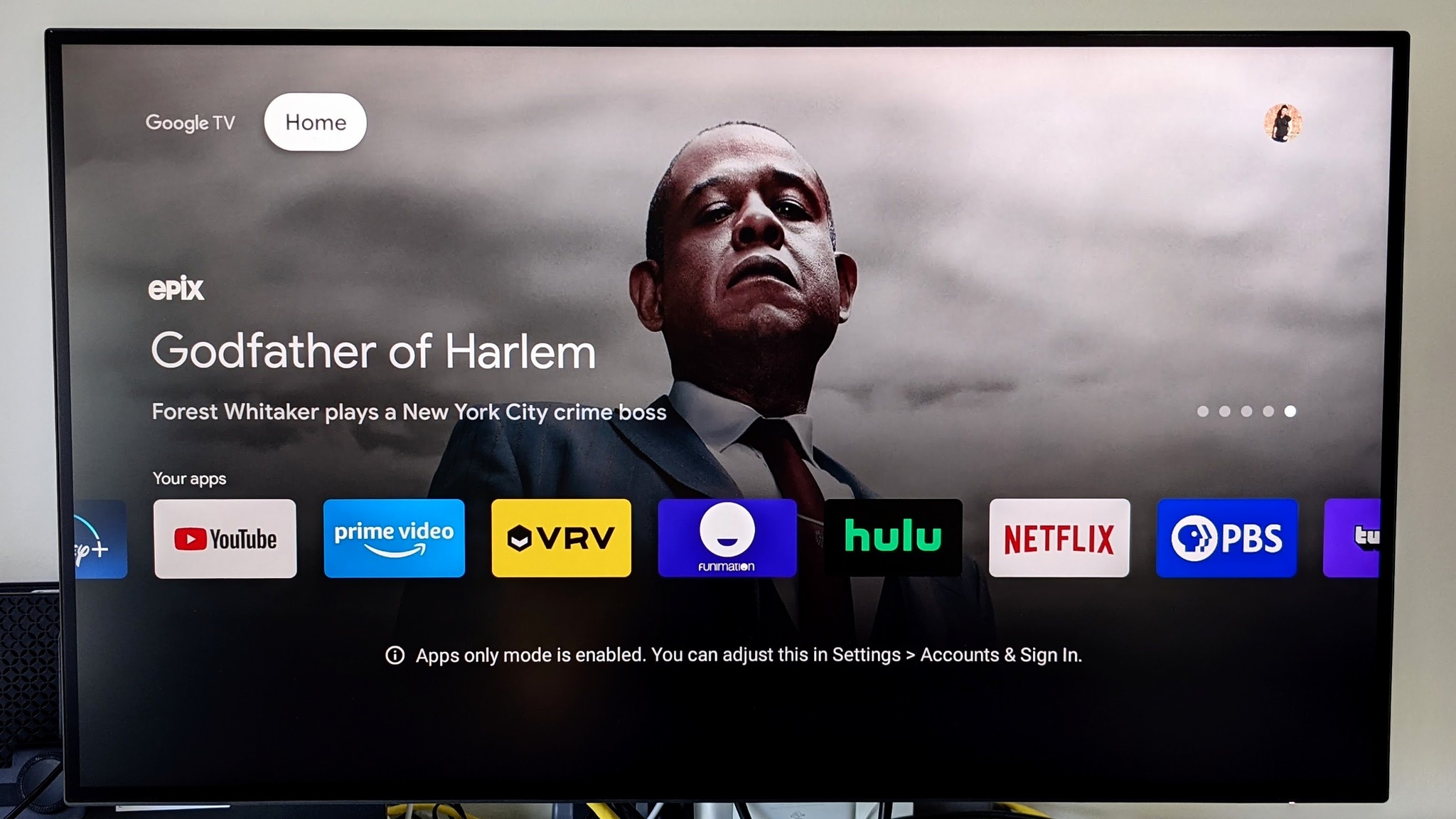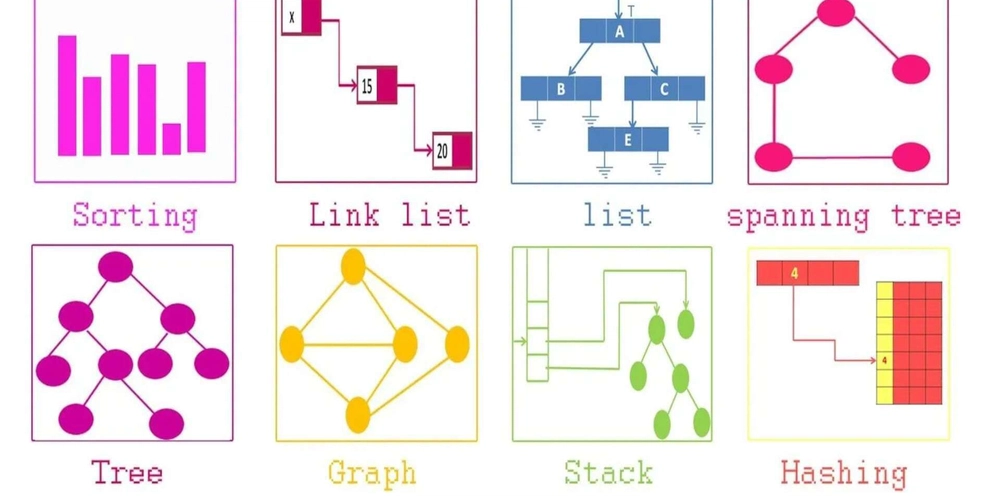How Interfaces Solve the Diamond Problem in Java
The diamond problem occurs in multiple inheritance when a class inherits from two classes that have the same method, creating ambiguity. Java avoids this by: Not allowing multiple inheritance of classes (a class can extend only one class) Allowing multiple inheritance of interfaces (a class can implement many interfaces) Why Interfaces Solve the Diamond Problem Interfaces provide method declarations without implementations (before Java 8). Even with default methods (Java 8+), conflicts are resolved explicitly by the implementing class. Example: Diamond Problem in Classes (Not Allowed) class A { void show() { System.out.println("A"); } } class B extends A { void show() { System.out.println("B"); } } class C extends A { void show() { System.out.println("C"); } } // ERROR: Java doesn't allow this! // class D extends B, C { } // Which show() should D inherit? B's or C's? (Ambiguity → Diamond Problem) Solution Using Interfaces Case 1: No Default Methods (Before Java 8) interface A { void show(); } // Only declaration interface B extends A { void show(); } interface C extends A { void show(); } class D implements B, C { @Override public void show() { // Must implement (no ambiguity) System.out.println("D's implementation"); } } ✅ No conflict because the implementing class must provide its own implementation. Case 2: Default Methods (Java 8+) If two interfaces provide default implementations, the class must override the method to resolve ambiguity: interface A { default void show() { System.out.println("A"); } } interface B extends A { default void show() { System.out.println("B"); } } interface C extends A { default void show() { System.out.println("C"); } } class D implements B, C { @Override public void show() { // Must override to resolve conflict System.out.println("D resolves the conflict"); // Can explicitly choose one: B.super.show(); // Calls B's version } } ✅ Solution: The implementing class must override the conflicting method. Key Takeaways Scenario Resolution Two interfaces with abstract methods Class must implement the method. Two interfaces with default methods Class must override and choose one (or provide new logic). One abstract + one default method Default method is ignored; class must implement the abstract method. Why This Works Interfaces do not have state (no fields), so no risk of conflicting data. The implementing class has full control over method resolution. Conclusion Java avoids the diamond problem by: Banning multiple class inheritance. Forcing interfaces to resolve conflicts explicitly. This keeps code clean and predictable while allowing flexibility.

The diamond problem occurs in multiple inheritance when a class inherits from two classes that have the same method, creating ambiguity. Java avoids this by:
- Not allowing multiple inheritance of classes (a class can extend only one class)
- Allowing multiple inheritance of interfaces (a class can implement many interfaces)
Why Interfaces Solve the Diamond Problem
- Interfaces provide method declarations without implementations (before Java 8).
- Even with default methods (Java 8+), conflicts are resolved explicitly by the implementing class.
Example: Diamond Problem in Classes (Not Allowed)
class A { void show() { System.out.println("A"); } }
class B extends A { void show() { System.out.println("B"); } }
class C extends A { void show() { System.out.println("C"); } }
// ERROR: Java doesn't allow this!
// class D extends B, C { }
// Which show() should D inherit? B's or C's? (Ambiguity → Diamond Problem)
Solution Using Interfaces
Case 1: No Default Methods (Before Java 8)
interface A { void show(); } // Only declaration
interface B extends A { void show(); }
interface C extends A { void show(); }
class D implements B, C {
@Override
public void show() { // Must implement (no ambiguity)
System.out.println("D's implementation");
}
}
✅ No conflict because the implementing class must provide its own implementation.
Case 2: Default Methods (Java 8+)
If two interfaces provide default implementations, the class must override the method to resolve ambiguity:
interface A {
default void show() { System.out.println("A"); }
}
interface B extends A {
default void show() { System.out.println("B"); }
}
interface C extends A {
default void show() { System.out.println("C"); }
}
class D implements B, C {
@Override
public void show() { // Must override to resolve conflict
System.out.println("D resolves the conflict");
// Can explicitly choose one:
B.super.show(); // Calls B's version
}
}
✅ Solution: The implementing class must override the conflicting method.
Key Takeaways
| Scenario | Resolution |
|---|---|
| Two interfaces with abstract methods | Class must implement the method. |
| Two interfaces with default methods | Class must override and choose one (or provide new logic). |
| One abstract + one default method | Default method is ignored; class must implement the abstract method. |
Why This Works
- Interfaces do not have state (no fields), so no risk of conflicting data.
- The implementing class has full control over method resolution.
Conclusion
Java avoids the diamond problem by:
- Banning multiple class inheritance.
- Forcing interfaces to resolve conflicts explicitly.
This keeps code clean and predictable while allowing flexibility.







































































































































































![[The AI Show Episode 145]: OpenAI Releases o3 and o4-mini, AI Is Causing “Quiet Layoffs,” Executive Order on Youth AI Education & GPT-4o’s Controversial Update](https://www.marketingaiinstitute.com/hubfs/ep%20145%20cover.png)
































































































































![From Art School Drop-out to Microsoft Engineer with Shashi Lo [Podcast #170]](https://cdn.hashnode.com/res/hashnode/image/upload/v1746203291209/439bf16b-c820-4fe8-b69e-94d80533b2df.png?#)










































































































(1).jpg?#)





























_Inge_Johnsson-Alamy.jpg?width=1280&auto=webp&quality=80&disable=upscale#)













































































































![Apple Developing AI 'Vibe-Coding' Assistant for Xcode With Anthropic [Report]](https://www.iclarified.com/images/news/97200/97200/97200-640.jpg)
![Apple's New Ads Spotlight Apple Watch for Kids [Video]](https://www.iclarified.com/images/news/97197/97197/97197-640.jpg)









































































![[Weekly funding roundup April 26-May 2] VC inflow continues to remain downcast](https://images.yourstory.com/cs/2/220356402d6d11e9aa979329348d4c3e/WeeklyFundingRoundupNewLogo1-1739546168054.jpg)





























